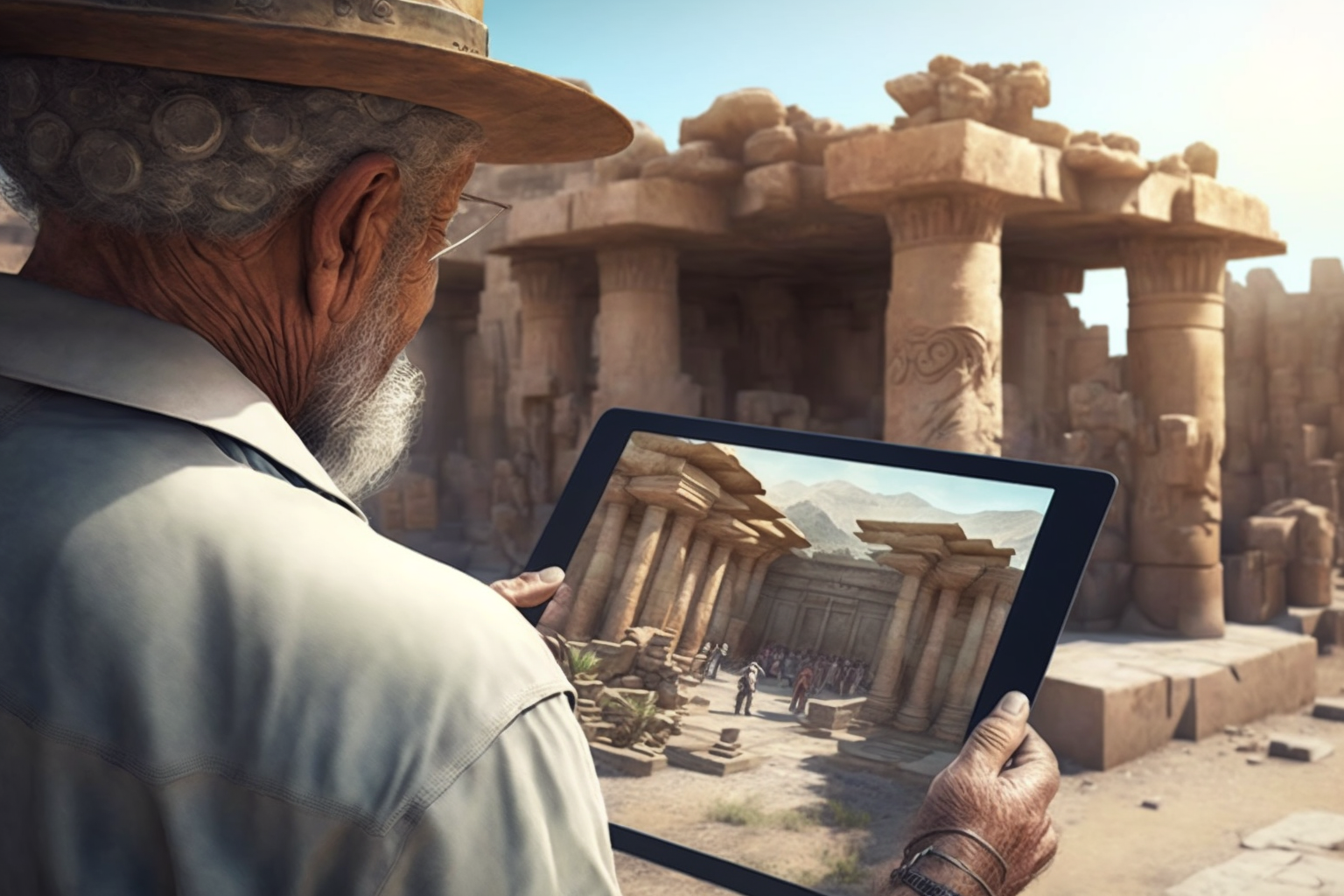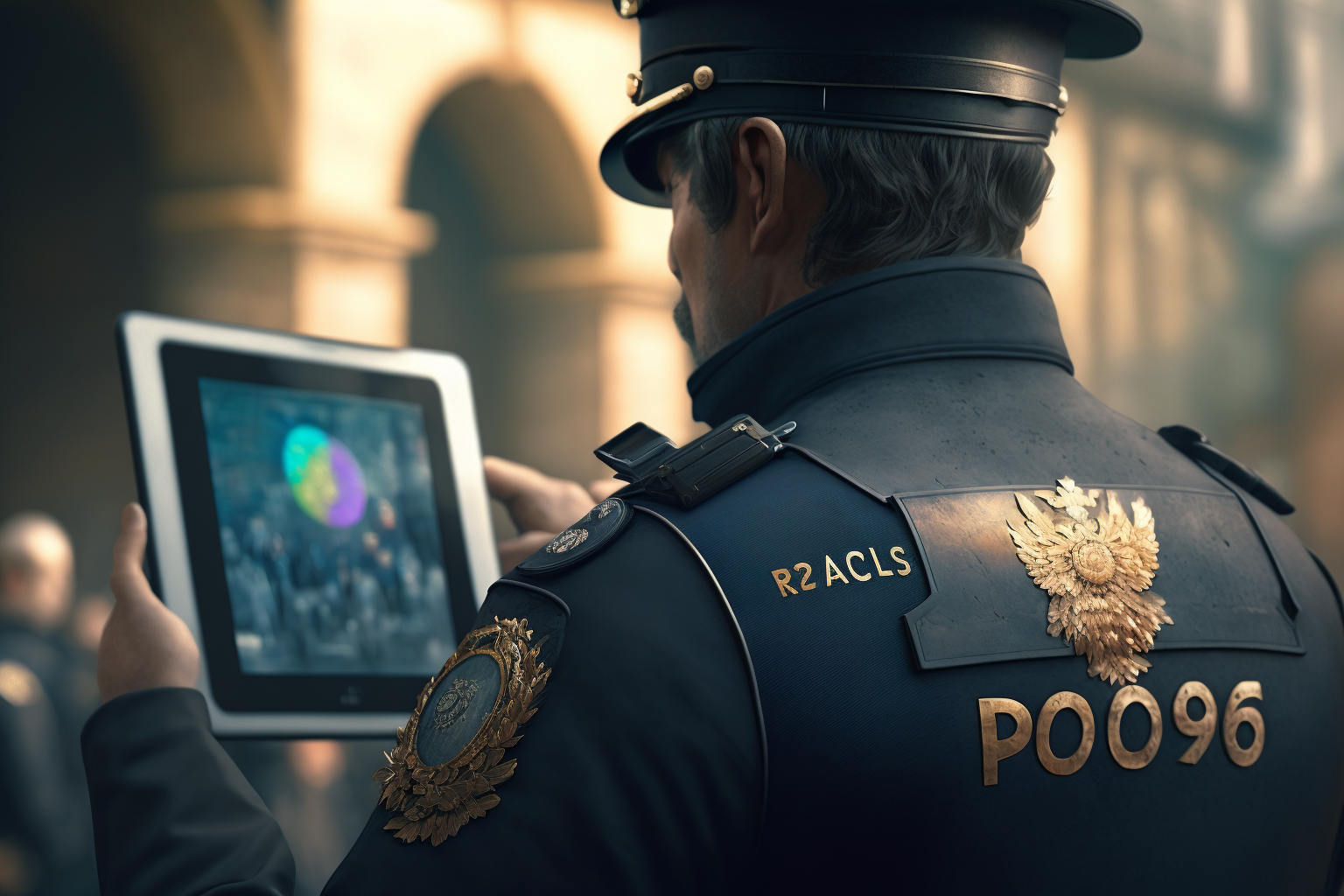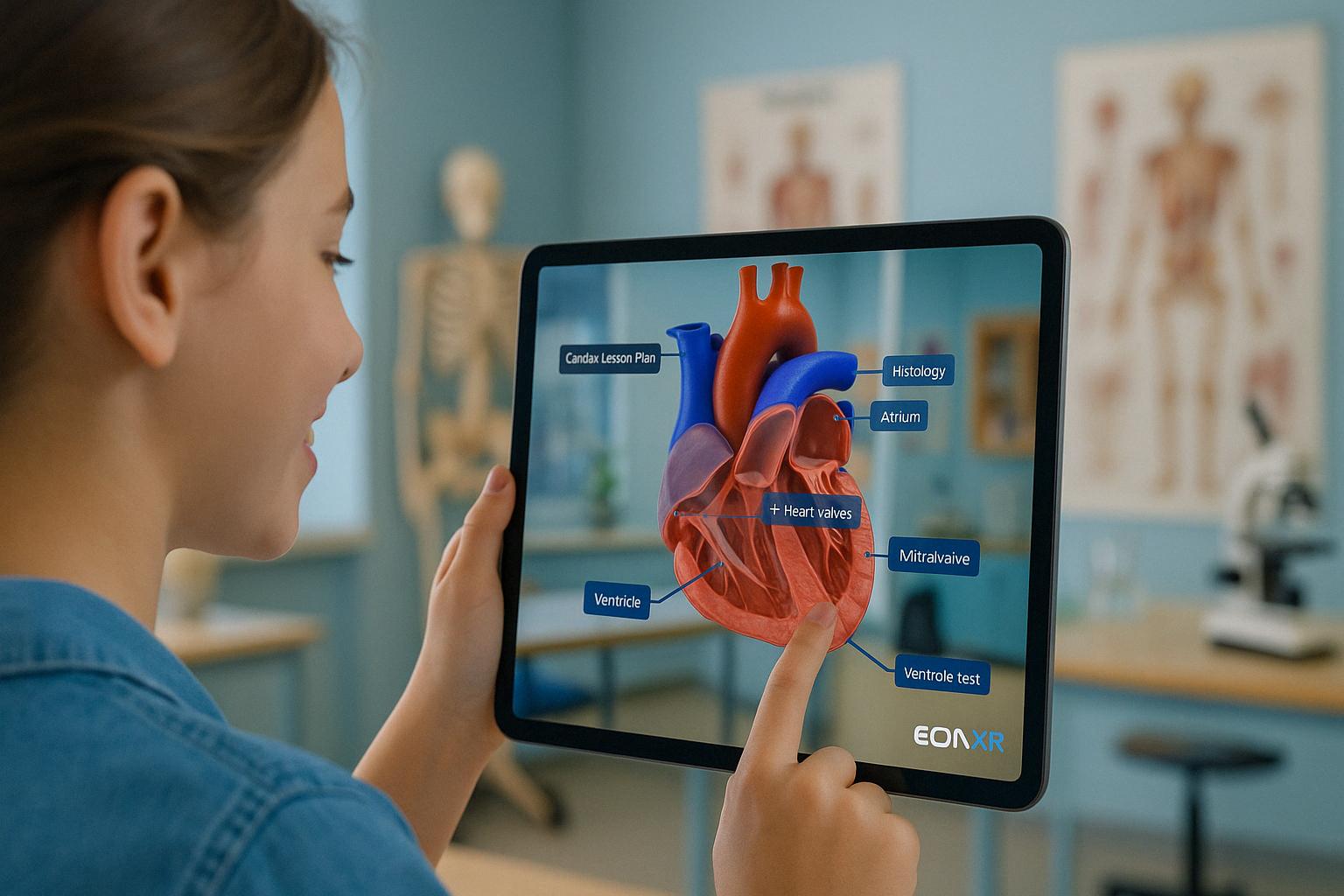Explore our top history lessons created on EON-XR to unearth the stories of civilisation and cultures in immersion!
A study of any period of history is underpinned by exploring what life was like at that point in time and finding out about the key people who were propelling change. And each era of our shared history offers many important lessons on our society, government, economic system, and culture.
Stretching from South East Asia to Central Europe, these curated lessons provides a glimpse into some of the significant landmarks and artefacts in history to promote historical inquiry while engaging students. These lessons also cover a range of topics across history and utilize interesting and engaging sources, activities, and assessments.
With our vast collection of over 1 million digital assets on EON-XR, any educator and student can now create intriguing lessons and activities on the topics they care about. So if you’re thinking about ways to spice up your history lessons, why not sign up for the EON-XR Platform to get started or head on to our application archive for more classroom inspiration!
The Melting Pot of Cultures in Singapore
Experience immersive learning of Singapore’s cultural heritage on EON-XR. With more than 5 million inhabitants, Singapore is a melting pot of cultures and traditions. Known for its towering skyscrapers, the country is also home to several UNESCO heritage sites. Visit some of these iconic landmarks in our 360º immersive history lesson to learn about the diversity and the mosaic of cultures that is emblematic of Singapore today
Ancient Hakka Communal Houses- The Tulou
Get up close in this interactive VR lesson to learn about the houses and history of the Hakka tribe which date back to the 11th century. First forced to leave the northern China, they eventually settled in the Southern Chinese provinces of Guangdong, Jiangxi and Fujian. Literally meaning ‘mud house’, the tulou is an unusual piece of architecture which are the hallmarks of the Hakka people. Each one will usually house around 20 families with about 100 people in total. Communal packed-earth buildings in China date back 6,000 years, but tulou took the style to a whole new level both in scale and sophistication. In 2008, Unesco recognised their importance and gave 46 buildings a World Heritage listing.
Today, there are 3000 tulous spread around the southwestern part of Fujian and the adjoining areas of Guangdong and Jiangxi. In this lesson, students can now explore the tulou and learn how these buildings served to foster the communal bonds of the Hakka people
The Ancient Artifacts of Greece
Have you ever wondered how the ancient Greeks made pottery and why they had so many different types? Pottery is one of the most important pieces of evidence for archaeologists to understand the ways people lived in the past. Therefore when we think about artifacts of Ancient Greece, one of the first images that comes to mind are those of Ancient Greek vases or Amphoras; reddish-orange vessels and the iconic illustrations that adorn their surfaces. Essential to everyday life in Ancient Greece, vases had both artistic and functional value, bearing visual messages about religion and culture as well as carrying water, oil, and perfumes.
As wall paintings and other ephemeral forms of decoration did not stand the test of time, these utilitarian objects also serve as an important historical documentation of ancient Greek life and artistic pictorial styles of the artisans who made them. Both rich in craft and full of archaeological significance, Greek vases are important educational materials to view in museums, and serve as impressive collectors’ items that never cease to capture the imagination of audiences.
Unravel the Secrets of the Notre Dame Cathedral
On the evening of April 15, 2019, the world watched as a mammoth blaze engulfed the iconic landmark of Paris. But this was not the first time the Notre Dame Cathedral in Paris stared at danger in its face. The Notre-Dame Cathedral suffered damage and deterioration through the centuries. After the French Revolution it was rescued from possible destruction by Napoleon, who crowned himself emperor of the French in the cathedral in 1804. Notre-Dame underwent major restorations by the French architect Eugène-Emmanuel Viollet-le-Duc in the mid-19th century. The popularity of Victor Hugo’s historical novel Notre-Dame de Paris (1831), wherein the cathedral is the setting, was said to have inspired the renovations.
The cathedral, where 13 million visitors used to crowd every year, is still closed to the public. However as restoration work continue on the Cathedral, students and visitors alike can still explore the Gothic Cathedral in its full splendor in AR and VR on EON-XR.
The Mystery of Stonehenge
For centuries, historians and archaeologists have been mystified by Stonehenge, a prehistoric monument that took Neolithic builders an estimated 1,500 years to erect. There is strong archaeological evidence to support the hypothesis of Stonehenge used as a burial site, as least for part of its history. Today, nearly 1 million people visit Stonehenge, a UNESCO World Heritage Site since 1986, every year. Dive into the site first hand on EON-XR to explore the stories and history behind this monument that lies north of Salisbury, England.












